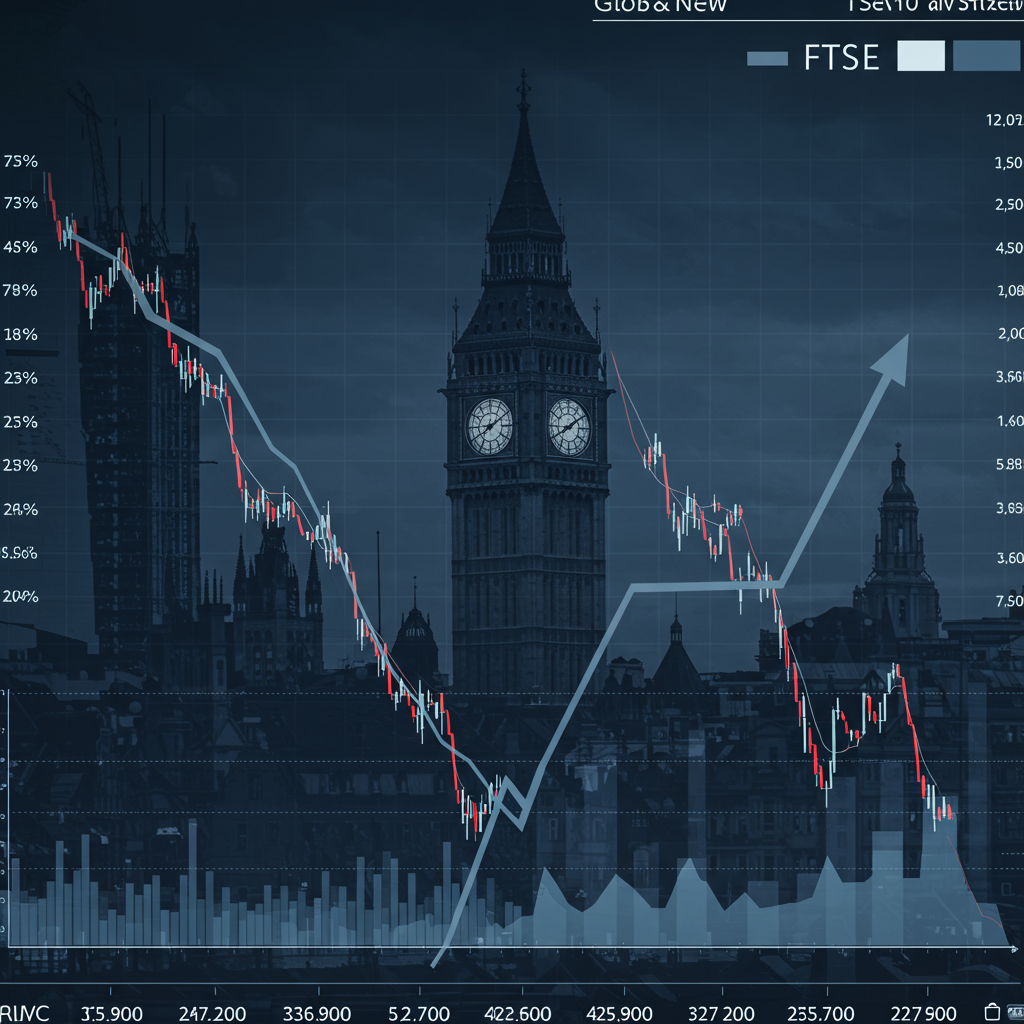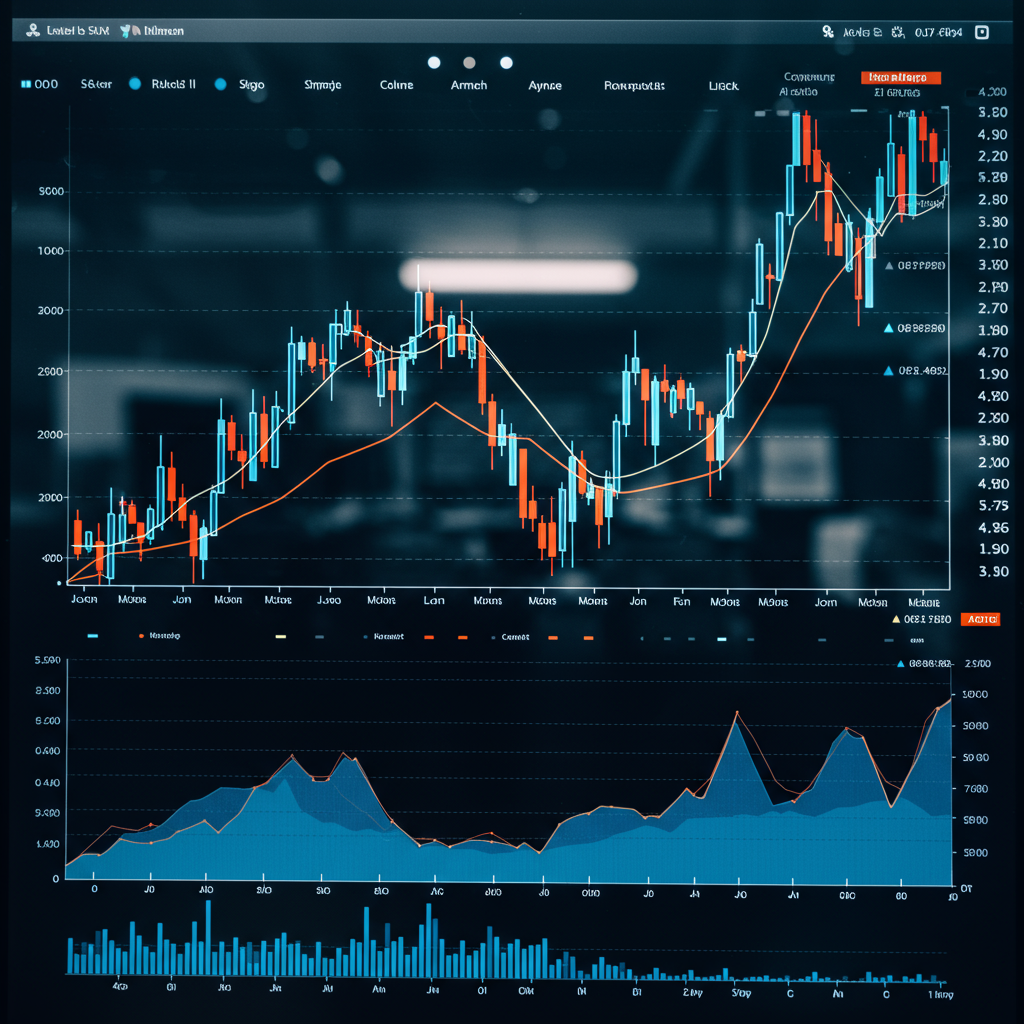Global financial markets saw a dramatic divergence on Thursday, June 12, 2025, as the US dollar plunged to its lowest point in over three years while London’s FTSE 100 index soared to a new record high. This stark contrast reflects shifting investor sentiment driven by concerns over the US economy and a search for opportunities elsewhere.
The Dollar’s Steep Decline
The US dollar sank to its weakest level against a basket of currencies in more than three years, marking a nearly 10% drop since the start of the year. On Thursday alone, foreign exchange traders sold the dollar heavily in favor of the yen and the euro, with both currencies climbing by about 1% against the US currency.
Analysts attribute the dollar’s rapid slide to a confluence of factors pointing to a slowdown in the US economy. Recent data confirmed a weakening jobs market, highlighted by the four-week average of initial applications for unemployment support rising to 240,250 in May, its highest level since August 2023. Additionally, lower-than-expected consumer and producer inflation figures fueled speculation that the Federal Reserve might cut interest rates sooner than previously anticipated.
Adding to the uncertainty were unpredictable White House policies. President Trump’s revival of threats to impose unilateral, country-specific tariffs within the next two weeks unsettled markets. He was quoted warning countries that “This is the deal, you can take it or leave it,” signaling potential levies on their exports. Veteran currency strategists noted “solid dollar selling” as investors turned away from the perceived risks associated with a weakening US economy and erratic trade policies. Some experts suggest the consistent depreciation of the dollar since Trump’s inauguration reflects a lack of faith in the US economy maintaining its previously exceptional growth pace under his leadership.
Furthermore, concerns over expected rises in US government debt levels, potentially escalating with a proposed tax bill, act as another deterrent for potential dollar buyers. For markets to lend to the US under these conditions, a combination of higher interest rates and a weaker exchange rate is often required.
FTSE 100 Reaches New Heights
In stark contrast to the dollar’s woes, the UK’s FTSE 100 index closed at a record high of 8,884 points on Thursday, surpassing its previous closing peak set on March 3 this year.
This surge occurred as investors actively sought opportunities outside the United States. According to strategists, there has been a clear rotation in global equity markets, with investors for the first time in years questioning the long-held belief that “There Is No Alternative To America” (TINATA). This shift has spurred a move towards geographic diversification and a reduction in exposure to the US market.
Remarkably, the FTSE’s record close came on the same day official figures showed the UK economy contracted sharply in April, shrinking by 0.3%. This was a larger decline than economists expected and the biggest monthly fall since October 2023, driven by factors including higher taxes and the chilling effect of global trade tensions, particularly a significant drop in UK exports to the US.
Despite facing its own domestic economic challenges, the FTSE 100 index, with its global composition featuring major mining, energy, defense, and financial companies, has benefited from these international trends and investment flows. The UK stock market has been a particularly strong performer in 2025, delivering more than three times the return of the US S&P 500 year-to-date.
UK’s Mixed Economic Signals
While the FTSE 100 benefited from global forces, the weaker domestic economic picture pressured the British pound. Despite rising by about 0.4% against the struggling dollar to trade near $1.36, the pound fell to a six-week low against the euro, trading around 85.28 pence per euro.
The softened economic outlook, combined with recent data showing the labour market loosening and wage growth slowing, has increased market expectations for the Bank of England (BoE) to cut interest rates sooner. Money markets are increasingly pricing in a 25 basis points BoE rate cut by September and a total of 50 basis points in cuts by the end of the year, with some analysts suggesting a potential cut as early as August. Policymakers are expected to hold rates steady at their meeting next week, but the pressure for future cuts is mounting following the April GDP contraction.
Broader Trade Tensions Persist
Meanwhile, international trade dynamics remained tense. Talks between the US and India reportedly faced hurdles, with India objecting to US demands including allowing GMO imports and easing medical device price controls, potentially leading to reciprocal tariffs. Conversely, optimism grew around a potential UK-US bilateral trade deal, anticipated to benefit UK car exports by avoiding extra US duties in exchange for more relaxed quotas on US beef and ethanol exports to the UK.
Thursday’s market action underscored a significant recalibration of global investment strategies, driven by a confluence of US economic headwinds, policy uncertainty, and a search for value and stability elsewhere, propelling indices like the FTSE 100 to unprecedented heights.



